Seattle's Urban Parks: Providing Refuge During COVID-19
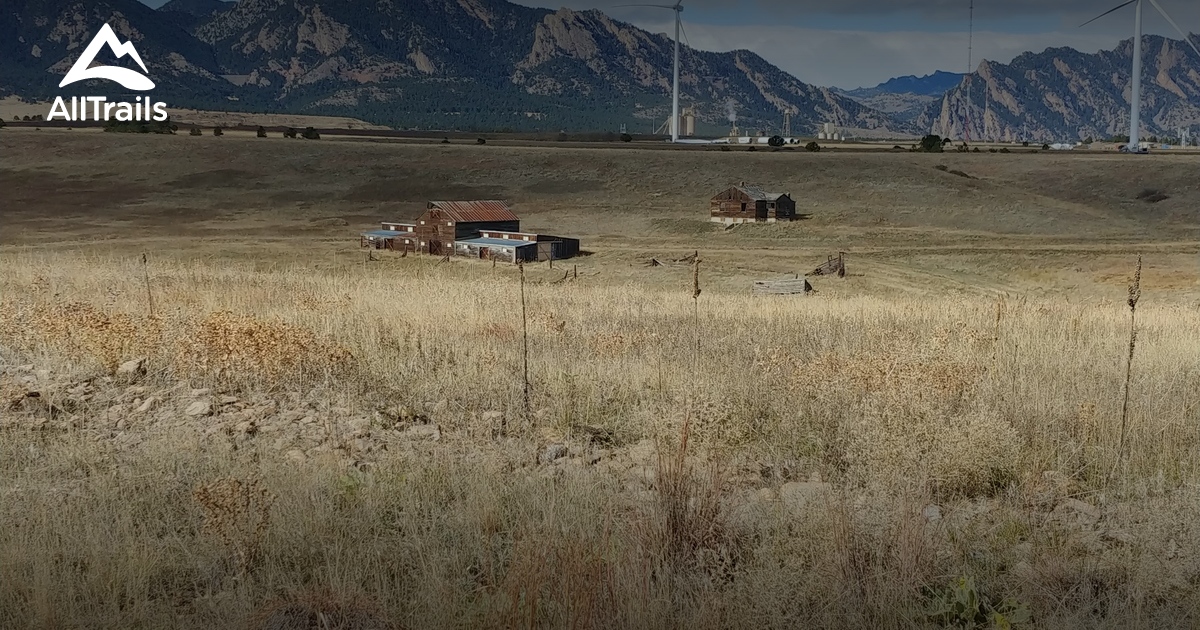
Table of Contents
Increased Park Usage and its Impact
The unprecedented lockdowns and restrictions imposed during the COVID-19 pandemic led to a significant increase in the usage of Seattle's urban parks. People, confined to their homes for extended periods, sought solace and recreation in these vital green spaces. This surge in visitation highlighted the critical role of parks in maintaining both physical and mental health during a time of widespread uncertainty.
Rise in Visitation
While precise figures on overall park visitation are difficult to obtain, anecdotal evidence and reports from various park districts across Seattle point to a dramatic rise in foot traffic.
- Many parks, including popular destinations like Discovery Park and Gas Works Park, reported significantly higher visitor numbers than in previous years. This increase was observed across various demographics, highlighting the universal appeal of Seattle's green spaces.
- This surge in popularity, however, presented its own challenges. Overcrowding in certain areas became a concern, alongside issues related to waste disposal and the maintenance of park facilities.
Mental Health Benefits
Access to nature has long been recognized for its positive impact on mental well-being, and this was particularly evident during the COVID-19 pandemic. Seattle's urban parks provided a crucial outlet for stress relief and improved mental health.
- Studies have shown that spending time in green spaces can significantly reduce anxiety and stress levels, promoting a sense of calm and tranquility. This was invaluable for individuals coping with the isolation, fear, and uncertainty surrounding the pandemic.
- Numerous studies correlate access to green spaces with improved mental well-being, reducing symptoms of depression and anxiety. Seattle's parks played a critical role in providing this vital resource to the community.
- Even with social distancing measures in place, parks provided opportunities for social connection, fostering a sense of community and shared experience during a time of isolation. Picnics, socially distanced walks, and informal gatherings in open spaces helped alleviate feelings of loneliness.
Parks as Essential Spaces for Exercise and Recreation
With gyms and fitness centers closed or operating at limited capacity, Seattle's urban parks became essential spaces for exercise and recreation. They offered a safe and accessible alternative for maintaining physical health during the pandemic.
Safe Outdoor Activities
Parks offered a welcome escape for residents seeking physical activity.
- Walking, running, cycling, and yoga became increasingly popular activities within these green spaces, providing both physical and mental benefits. The open air offered a safer alternative to indoor workouts.
- Maintaining physical health was crucial during the pandemic, not only for preventing illness but also for bolstering overall well-being. Parks offered a vital support system for this.
- The city of Seattle implemented initiatives such as improved signage, encouraging physical distancing and safe park usage guidelines.
Accessibility and Inclusivity
Ensuring that all members of the community could access these vital green spaces was crucial.
- Initiatives to improve accessibility, such as installing ramps and improving pathways, were essential for ensuring equitable access to the benefits of Seattle's urban parks.
- Several parks in Seattle are specifically designed with accessibility features in mind, allowing people with disabilities to enjoy the benefits of nature. These inclusive spaces provided a critical lifeline during the pandemic.
Challenges and Adaptations
The increased usage of Seattle's urban parks during the pandemic also presented significant challenges.
Maintaining Safety and Sanitation
Maintaining cleanliness and safety in the parks amid increased usage required significant effort.
- Sanitation efforts, including increased trash collection and cleaning crews, were vital to prevent the spread of disease and maintain a pleasant park environment.
- Enforcing social distancing guidelines presented ongoing challenges, requiring creative solutions and public awareness campaigns.
Resource Allocation and Funding
The pandemic placed significant strain on park maintenance and funding.
- Budgetary constraints and staffing challenges impacted the ability to maintain parks to their usual standards.
- Public-private partnerships and community initiatives played a crucial role in supporting park upkeep and maintenance, highlighting the community's investment in these vital green spaces.
Conclusion
Seattle's urban parks played a crucial role in providing refuge and supporting the well-being of residents during the COVID-19 pandemic. From offering safe spaces for exercise to fostering mental health, these green spaces proved essential for the community. The increased usage highlighted the vital need for continued investment in and maintenance of these valuable resources. Let's continue to appreciate and protect Seattle's urban parks, ensuring their continued role as vital community assets for years to come. Explore the beauty and benefits of Seattle's urban parks for yourself and discover the sanctuary they provide.

Featured Posts
-
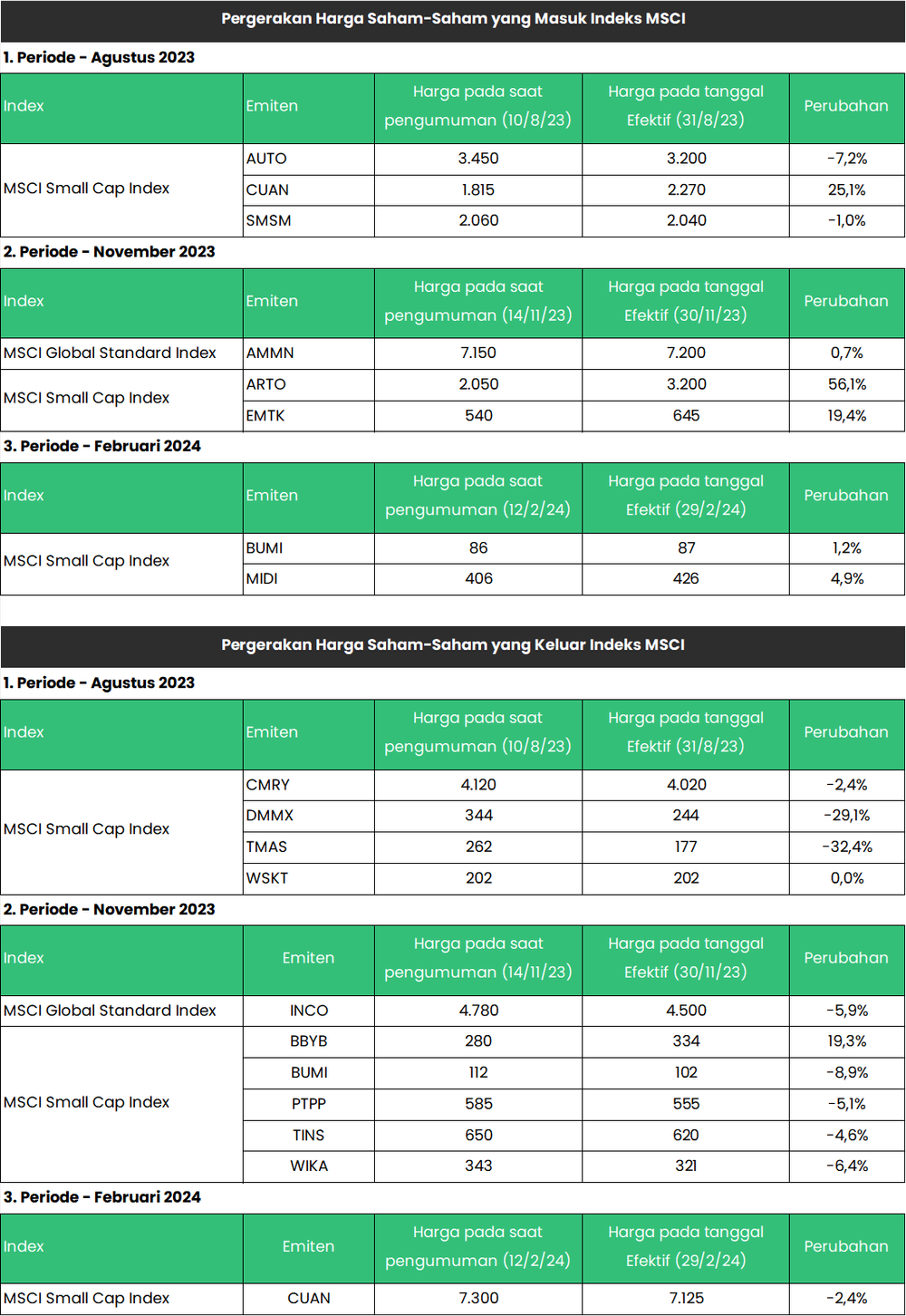 Strategi Investasi Pasca Penambahan Mtel And Mbma Ke Msci Small Cap Index
May 24, 2025
Strategi Investasi Pasca Penambahan Mtel And Mbma Ke Msci Small Cap Index
May 24, 2025 -
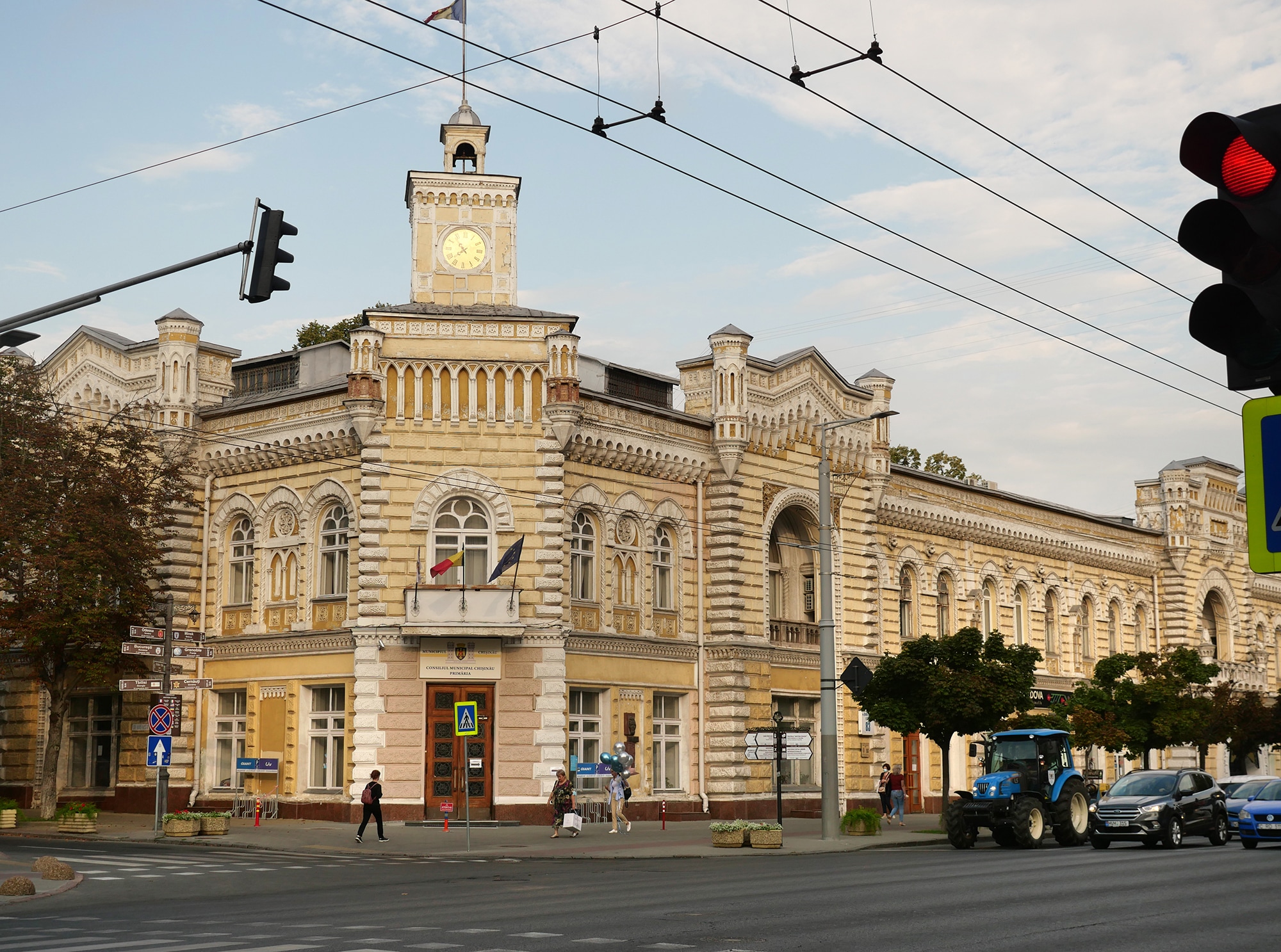 Evroviziyata I Konchita Vurst Togava I Sega
May 24, 2025
Evroviziyata I Konchita Vurst Togava I Sega
May 24, 2025 -
 Amundi Msci World Catholic Principles Ucits Etf Acc Understanding Net Asset Value Nav
May 24, 2025
Amundi Msci World Catholic Principles Ucits Etf Acc Understanding Net Asset Value Nav
May 24, 2025 -
 Neden Porsche 956 Tavanindan Asili Duruyor
May 24, 2025
Neden Porsche 956 Tavanindan Asili Duruyor
May 24, 2025 -
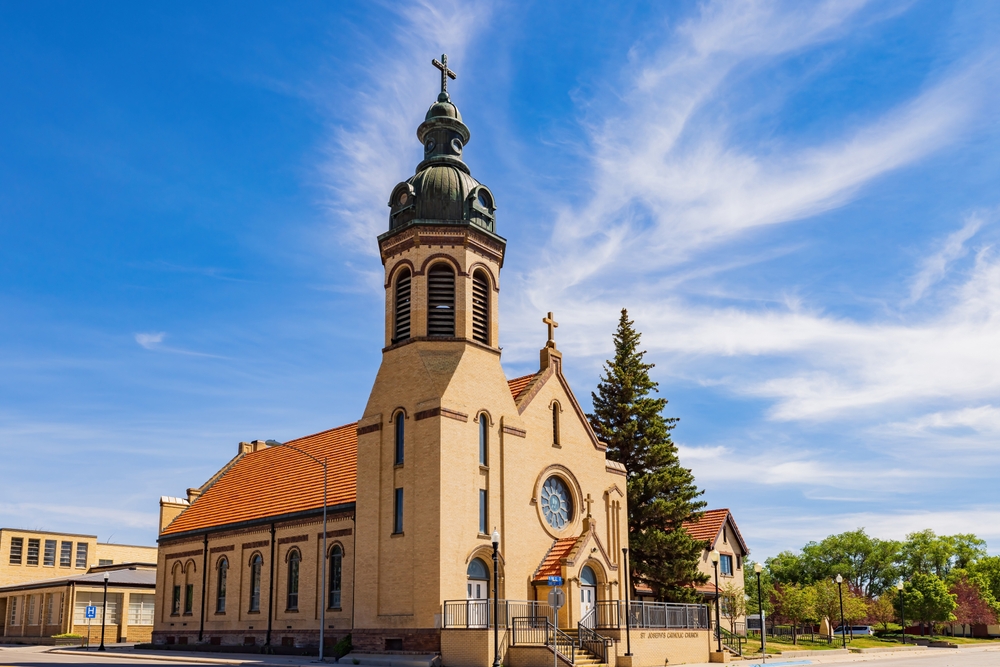 Amundi Msci World Catholic Principles Ucits Etf Acc Daily Nav Updates And Analysis
May 24, 2025
Amundi Msci World Catholic Principles Ucits Etf Acc Daily Nav Updates And Analysis
May 24, 2025
Latest Posts
-
 Paris Fashion Week Amira Al Zuhairs Zimmermann Debut
May 24, 2025
Paris Fashion Week Amira Al Zuhairs Zimmermann Debut
May 24, 2025 -
 Snl Afterparty Lady Gaga And Michael Polanskys Couples Arrival
May 24, 2025
Snl Afterparty Lady Gaga And Michael Polanskys Couples Arrival
May 24, 2025 -
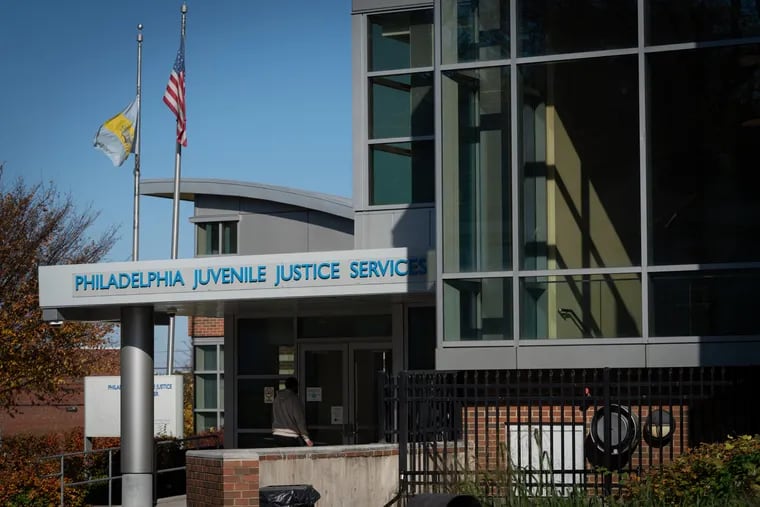 Juvenile Justice Reform France Explores Stricter Sentencing
May 24, 2025
Juvenile Justice Reform France Explores Stricter Sentencing
May 24, 2025 -
 Discrepancies Revealed Former French Pm And Macrons Differing Views
May 24, 2025
Discrepancies Revealed Former French Pm And Macrons Differing Views
May 24, 2025 -
 French Pms Policies Under Scrutiny Former Pm Speaks Out
May 24, 2025
French Pms Policies Under Scrutiny Former Pm Speaks Out
May 24, 2025
